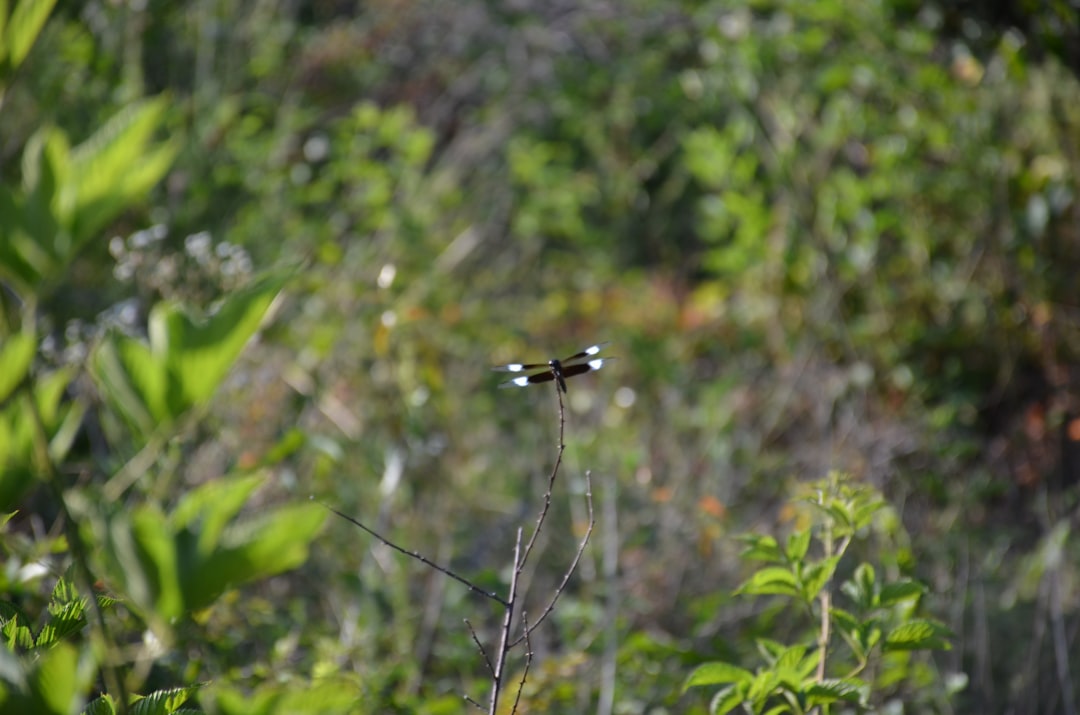Gabe Newell, co-founder and president of Valve Corporation, is one of the most enigmatic and influential figures in the gaming industry. Simultaneously, the recent success of Helldivers 2, a cooperative twin-stick shooter developed by Arrowhead Game Studios, has brought attention to one of its most culturally significant locations: Malevelon Creek. This article delves deep into the daily routine of Gabe Newell and how it reflects his philosophy on innovation, while also exploring why Malevelon Creek has become a symbol for camaraderie, sacrifice, and digital warfare in the Helldivers 2 community.
The Routine of Gabe Newell
Known for his intensely private lifestyle, Gabe Newell rarely shares personal details about his day-to-day life. However, from a variety of public appearances, interviews, and insights from former Valve employees, a picture of Newell’s routine has slowly come into focus. Though he may not be a prototypical tech CEO, his routine reflects deep intellectual curiosity, innovation, and freedom of thought—all qualities reflected in Valve’s groundbreaking projects like Half-Life, Portal, and Steam.
Morning: Meditation Over Metrics
Gabe Newell is not known to rush his mornings. According to anecdotal sources, his day typically starts late by conventional executive standards. Rather than focusing on emails or news briefings, Newell spends the early part of the day reading philosophy, economics, or science fiction—areas that strongly influence his product design philosophies. His morning mindset is built around long-term thinking over day-to-day market fluctuations—a practice that has steered Valve toward a unique, flat management structure.
He reportedly avoids traditional corporate meetings or rigid schedules. Instead, communication at Valve often functions more like an open dialogue, where discussions are led by the genuine interest of team members rather than obligatory reporting structures.
Afternoon: Creative Collaboration
In the afternoons, Newell is known to walk among the teams at Valve’s Bellevue headquarters. Instead of giving orders, he engages in technical conversations, brainstorms ideas, and poses open-ended questions such as, “What would cause players to be more emotionally invested here?” or “How can we use procedural generation to expand replayability?”
This informal interaction is backed by Valve’s “cabal structure,” a self-organizing group dynamic that enables small teams to form organically around projects. Newell’s role during these interactions is more philosopher-king than authoritarian leader—a mentor who nudges teams toward alternate paths of discovery.

Evening: Personal Exploration
Unlike many executives who end their day with social events or exercise regimens, Gabe Newell’s evenings tend to be reserved for personal exploration—whether that be experimenting with new devices, gameplay mechanics, or systems. He is infamously curious about emerging technology. For instance, much of Valve’s early foray into virtual reality stemmed from his deep-dive into hardware design and haptics, culminating in products like the HTC Vive and the Steam Deck.
He also spends considerable time tracking community feedback and modding scenes. In many ways, the grassroots innovations within the community serve as both compass and conscience for Valve’s feature stack. This deep integration with user-generated content is evident in how Steam supports modding, community markets, and indie developers.
Helldivers 2 and the Legend of Malevelon Creek
Helldivers 2 launched in 2024 to enormous acclaim. The game combines explosive action with a satirical tone inspired by Paul Verhoeven’s Starship Troopers. However, no location within the game has captured the hearts and minds of the player base more than Malevelon Creek. What began as just another bug-infested jungle soon became a crucible of valor, unity, and narrative emergence.
Why Malevelon Creek Matters
Malevelon Creek is not particularly different in terrain or layout from other levels in Helldivers 2. It features dense foliage, permadeath threats, and constant ambushes from Terminid enemies. But what set it apart was the player-driven storytelling that occurred there. Early in Helldivers 2’s release, players found themselves repeatedly deployed to its jungles for planet liberation missions against Bugs. The mission’s overwhelming difficulty led many squads to perish violently—yet return again defiant and determined.
These repeated campaigns slowly built a meme-rich legacy, with phrases like “Never forget Malevelon Creek” and “The jungle consumes us all” flooding Reddit threads and Discord servers. Players began to emulate real military jargon, sharing operations logs, last-stand screenshots, and mission debriefings. Within weeks, Malevelon Creek had transformed into the symbolic frontline of the Helldivers’ digital war.

A Community-Built Battlefield
The phenomenon of Malevelon Creek is a perfect example of emergent gameplay and collective culture creation within gaming communities—something that Gabe Newell has long championed. Much like fan-created mods in the Half-Life universe or user-curated marketplaces in Steam, Malevelon Creek represents what happens when digital interactions gain real emotional gravity through community narrative evolution.
Without official lore or cinematic cutscenes, players supplied their own content through clips, write-ups, and squad-based storytelling. This generated a form of participatory worldbuilding where strategy, loss, and perseverance created dynamic folklore. While the developers at Arrowhead have acknowledged the location’s importance, the majority of its mythos has been entirely grassroots.
Comparative Analysis: Gabe Newell and Malevelon Creek
At first glance, there seems little to connect the introspective, analytical routine of Gabe Newell with the chaos and carnage of Malevelon Creek. But in a deeper sense, they are reflections of the same ideology: the power of decentralization and emergent systems. Newell’s belief that the best solutions arise from open-ended collaboration mirrors how Malevelon Creek’s lore was co-created organically by hundreds of thousands of players with no guiding hand.
Just as Valve provides the tools and platforms for creativity, Helldivers 2 provides the sandbox. The meaning, emotion, and culture that emerge—whether from a jungle outpost or a player-driven economy—stem from human interaction, not corporate prescription. That is the true value proposition of gaming as a contemporary medium: interactivity with meaning.
Lessons in Leadership and Design
From Gabe Newell’s lifestyle and approach to product creation, game developers and entrepreneurs can draw several key lessons:
- Empowerment over micromanagement: Rigid leadership suffocates creativity.
- Community is content: Let players tell the story, and they’ll build your brand.
- Iterate through curiosity: Innovation thrives where experts engage with playfulness.
- Open-source philosophy: Success comes from empowering others to build on your foundation.
On the flip side, Malevelon Creek serves as a cautionary yet inspirational site in the gaming landscape. It demonstrates how shared hardships—even fictional—can galvanize disparate people into unified action. Players felt something there. That is not a mechanical outcome of pixels and shaders; it’s an emotional return on design investment.

Final Thoughts
Gabe Newell’s private, cerebral routine and the player-created mythos of Malevelon Creek might seem like worlds apart. One is the inner realm of a visionary executive, the other a war-torn digital jungle echoing with desperate comms and valiant last stands. But in truth, both speak to the unseen architecture behind truly meaningful gaming experiences: trust in creativity, the power of community, and the willingness to let systems evolve beyond original intent. In the quiet of his study or the chaos of a Helldivers squad making their final push, the principle remains the same—games are what we make of them.
